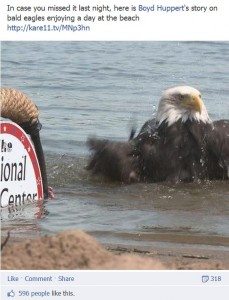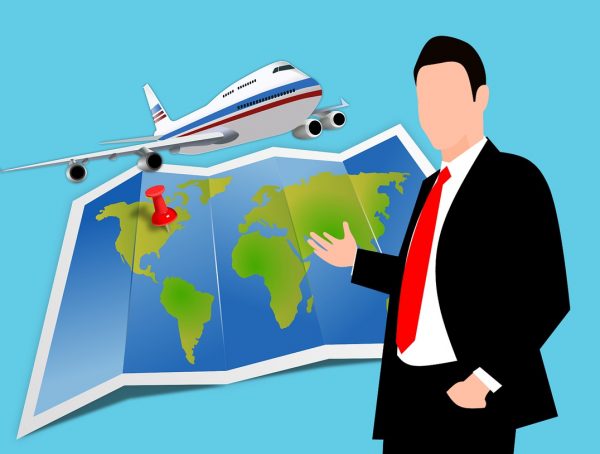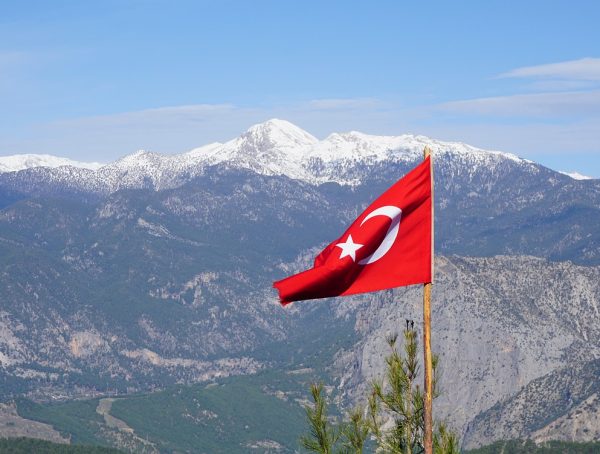 What does social media have to do with journalism? Everything, says Bea Chang, social media manager at KARE-TV in Minneapolis. Facebook is one of the best ways to expand the reach of your stories if you know how to use it. And Twitter has become the new scanner, says KARE news director Jane Helmke, with police agencies using it to put out information they don’t share any other way.
What does social media have to do with journalism? Everything, says Bea Chang, social media manager at KARE-TV in Minneapolis. Facebook is one of the best ways to expand the reach of your stories if you know how to use it. And Twitter has become the new scanner, says KARE news director Jane Helmke, with police agencies using it to put out information they don’t share any other way.
If you’re not a believer, consider a few facts courtesy of the Poynter Institute’s Regina McCombs:
- Facebook is now the second or third largest source of traffic to online news sites.
- Facebook users are more politically engaged than most people and therefore more interested in news.
- Almost half of all Internet users re-post photos and videos–maybe even yours.
What that means, according to Chang, is that a TV story can have a whole new life online thanks to social media. And the potential audience is huge. KARE’s DMA has 1.7 million TV homes; the KARE Facebook page has just 57,000 likes. But those fans have more than 8 million friends, so when a story like the one about bald eagles is widely shared, its impact is magnified.
Instagram, the photo sharing service recently acquired by Facebook, has grown rapidly since it launched in 2010. As of July 2012, it had 80 million users.
At KARE, Helmke expects everyone in the newsroom to be adept at using social media but it took a little convincing to get some veterans to buy in. Reporter Boyd Huppert, who’s been in the business for 28 years, admits he was reluctant at first.
So what are you waiting for?








